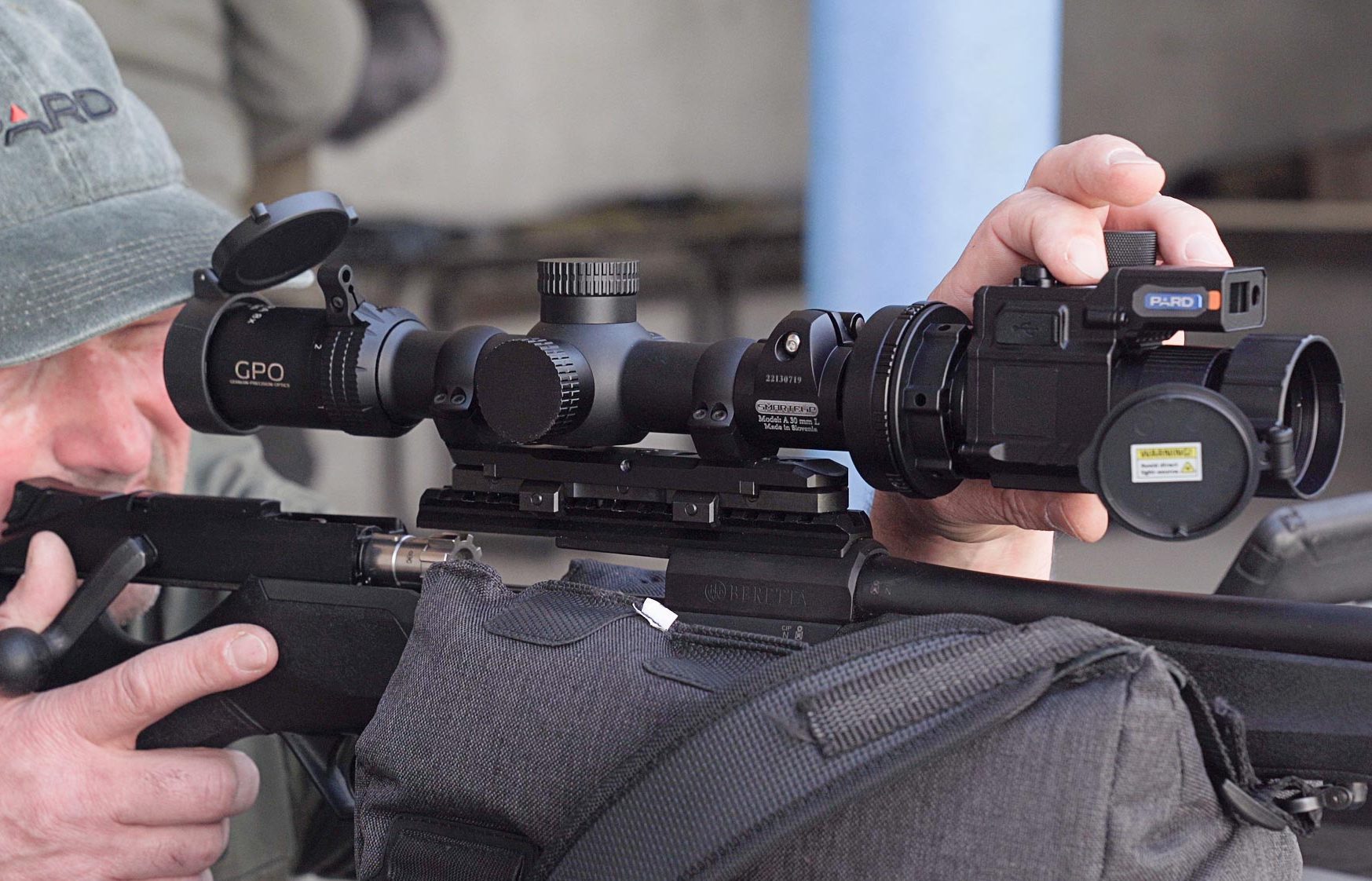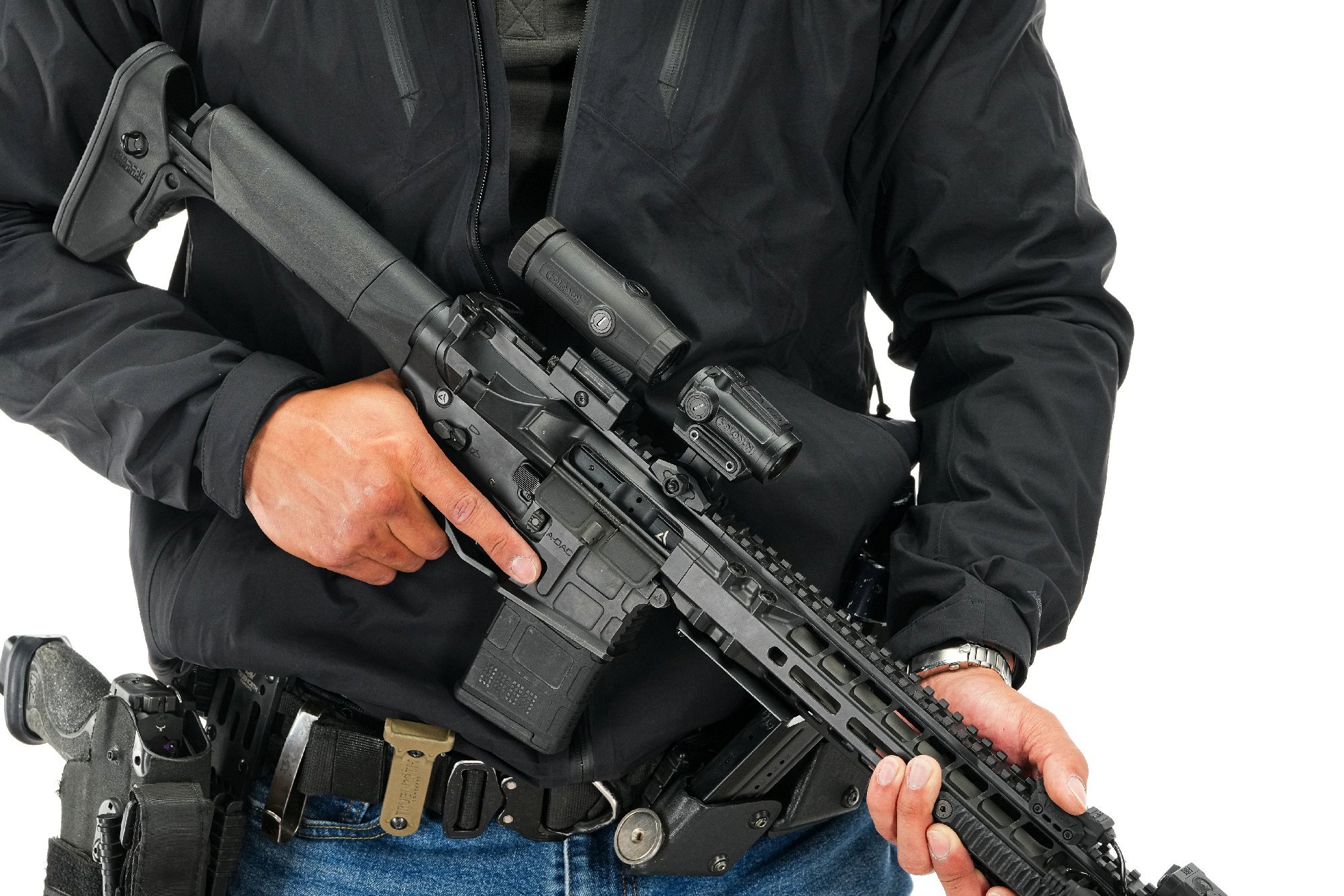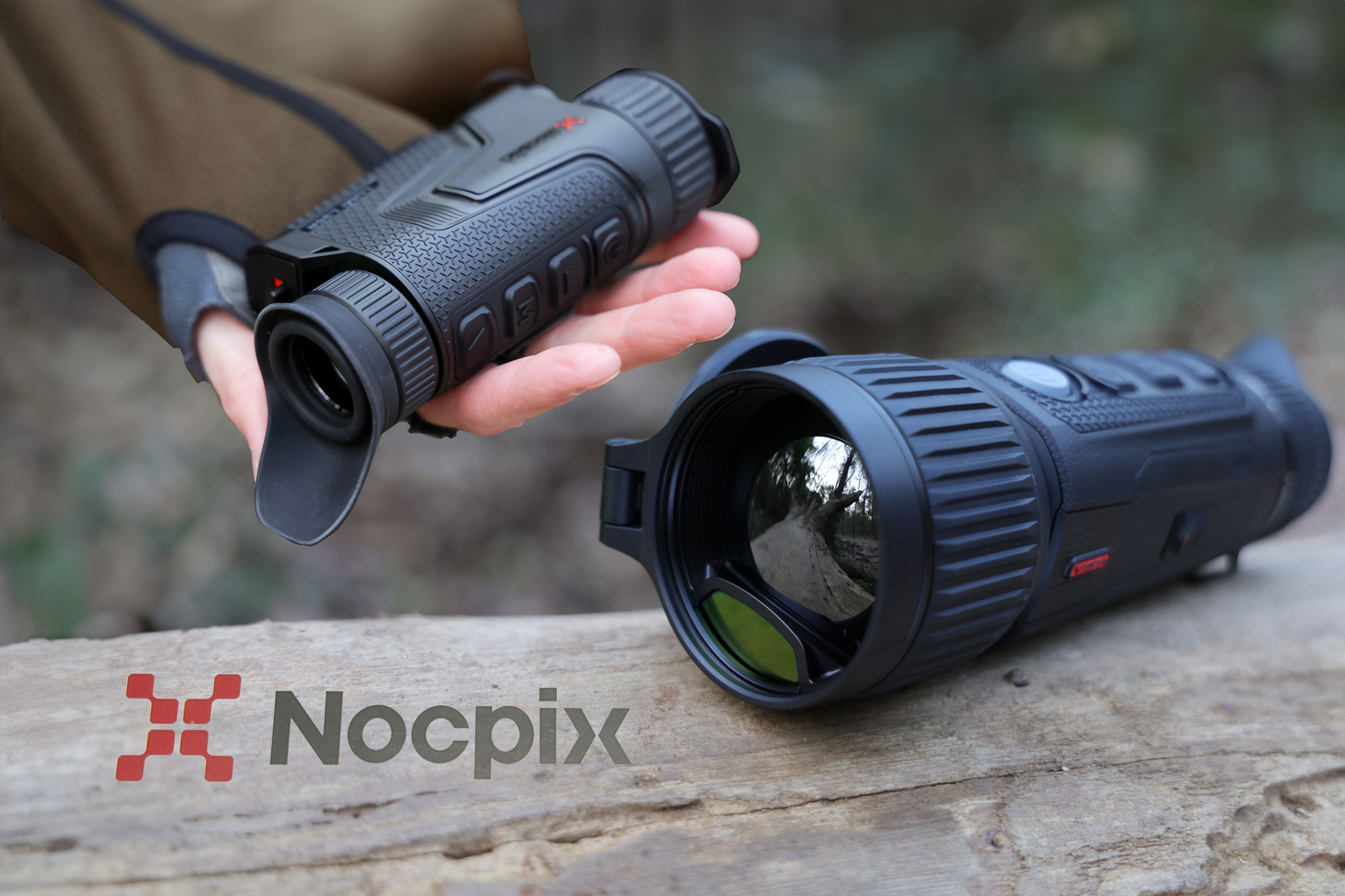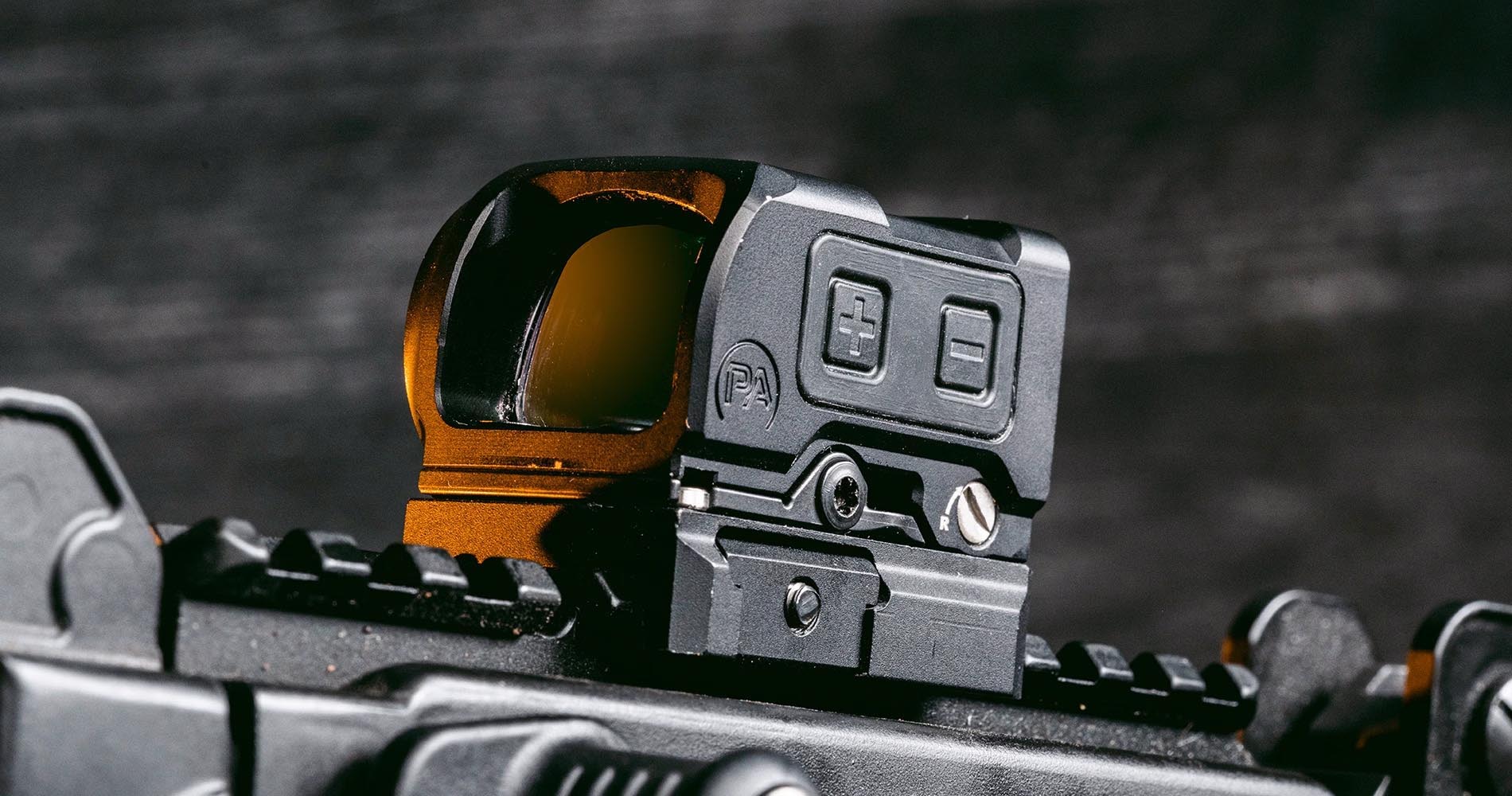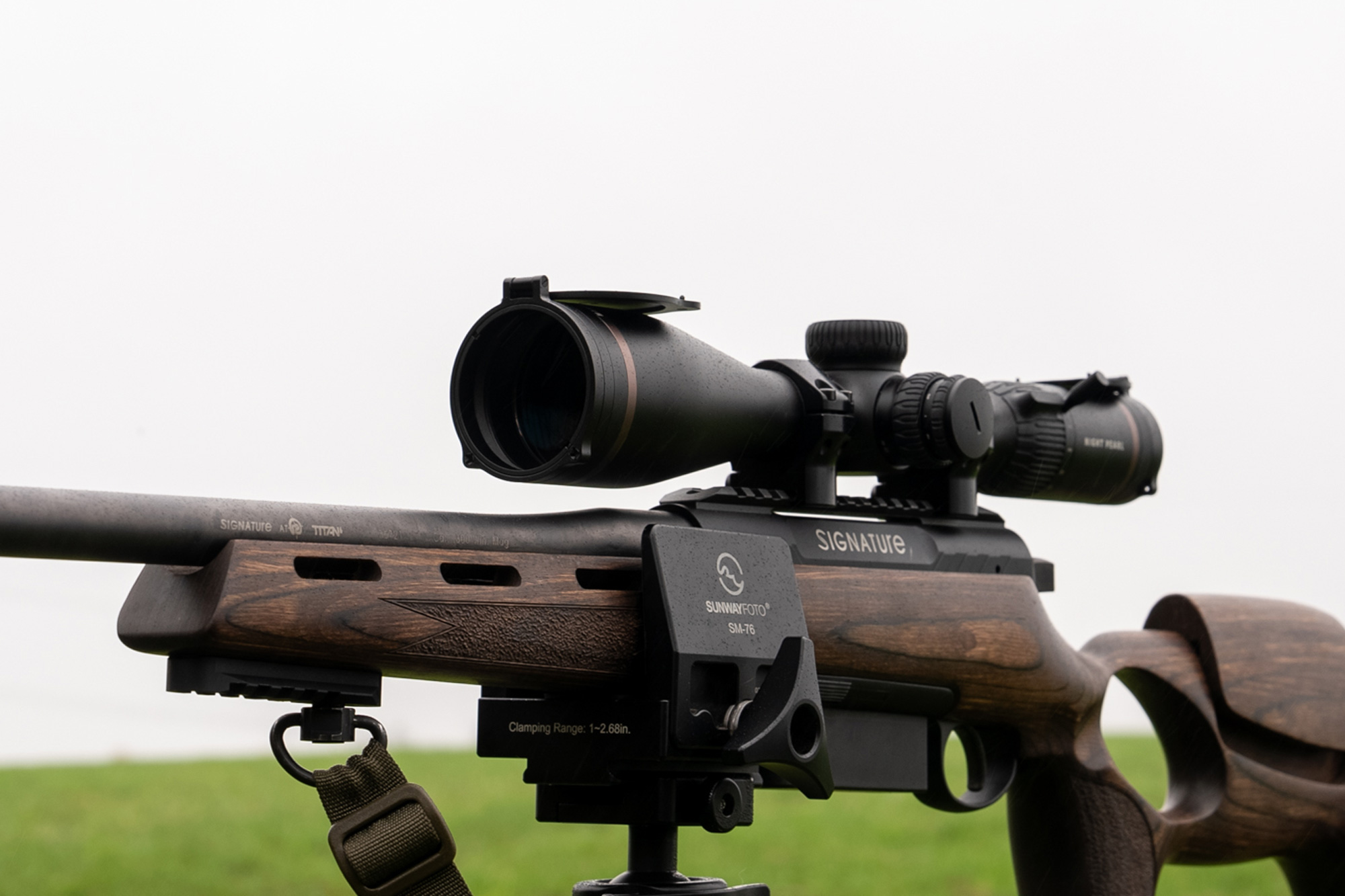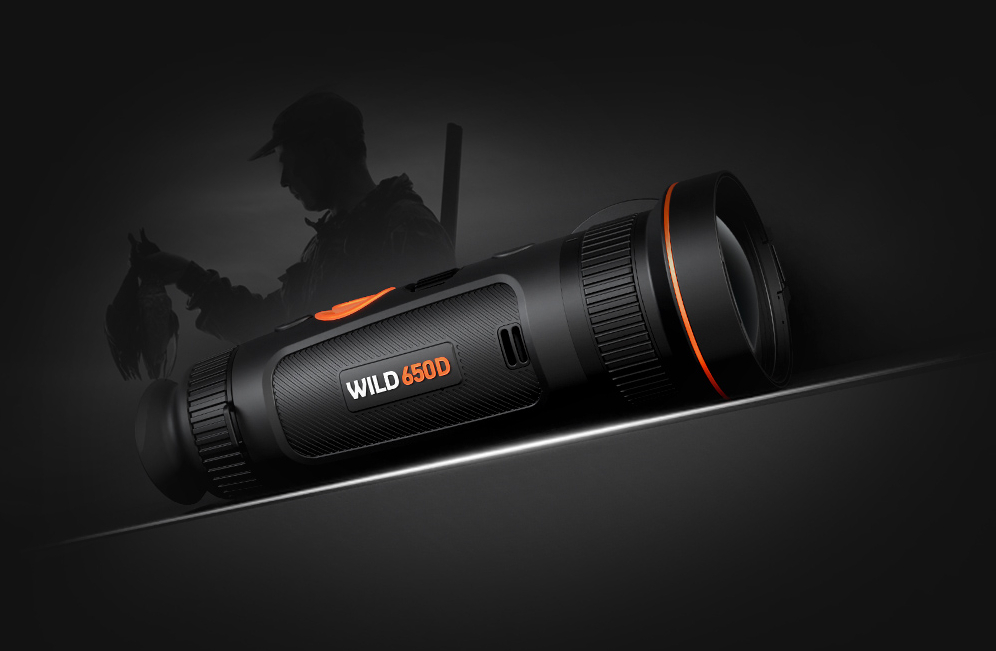A decisive factor for the resolution of a thermal imaging camera is the thermal sensitivity of the sensor. The so-called NETD value (Noise Equivalent Temperature Difference) provides information about this. The value is given in millikelvin (mK). The NETD indicates the smallest possible temperature difference that can be detected by a thermal imaging camera and thus also displayed. The smaller the NETD, the better the image of the thermal imaging camera in terms of resolution and detail reproduction. A low NETD value therefore brings a great advantage, especially in the hunting use of thermal imagers. The more details the hunter can see, the more accurately he can identify the game in front of him/her.
The new Falcon series from HIKMICRO starts with 4 new handheld thermal imagers and sets new standards in resolution
HIKMICRO launches the Falcon series with four different model variants with this NETD value of < 20mK. In detail, these are the Falcon FH25 with a 25 mm lens, the two 35 mm models FH and FQ35, which all have an aperture of f1.0, and the FH50 with a 50 mm lens and an aperture of f0.9.
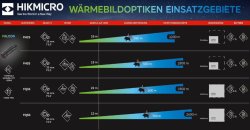
HIKMICRO uses a thermal sensor with a resolution of 384x288 pixels for the FH models and 640x512 pixels for the FQ versions; the pitch is 12 micrometers for all sensor variants. What does pitch mean in thermal imaging camera? It is the pixel size of microbolometer sensors in µm (pitch). The detector cell size is measured in micrometers (µm) squared. The smaller the individual sensor pixel, the sharper and higher contrast the image can be. In addition, HIKMICRO uses a special software called Image Pro for digital image optimization. However, the Image Pro function can also be switched off if required.
HIKMICRO states that the maximum detection range of the Falcon FH25 is 1,200 meters, and that a clear identification is possible up to a distance of 350 meters. For the 35 series Falcons, the maximum detection range is 1,800 meters and the identification distance is 500 meters for the FH35 and up to 600 meters for the FQ35, thanks to the larger sensor. The Falcon FQ50 allows detection at distances of up to 2,600 meters and the maximum identification distance here is around 700 meters, HIKMICRO says.
In addition, the models in the new Falcon series have a rugged magnesium housing with a protective rubber armor. All Falcon models are waterproof according to the IP67 protection class. The controls on all new Falcon units are easily accessible, arranged in a row one behind the other on the top of the housing. Focusing is performed via a ring on the objective lens and diopter compensation via one on the eyepiece.
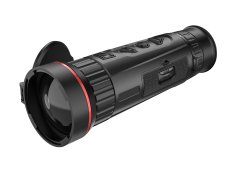
In terms of power supply, the manufacturer relies on a standard 3.3 volt 18650 battery with 3.35 Ah. The battery lasts for a maximum runtime of up to seven hours in continuous operation for the FH versions and up to five hours for the FQ models. HIKMICRO then provides for a doubling of the respective operating times in the Falcon series by including a second battery already in the scope of delivery.
Furthermore, the Falcon devices also have a USB-C interface that can be used as an alternative to data transfer via WLAN, but not for connecting an external power supply, such as a powerbank, to charge the batteries.
The batteries can only be charged in the included charger. This is for safety reasons, so that the device cannot be damaged when an external power source is connected if there are no batteries in the device.
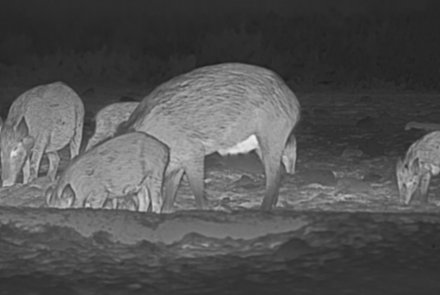
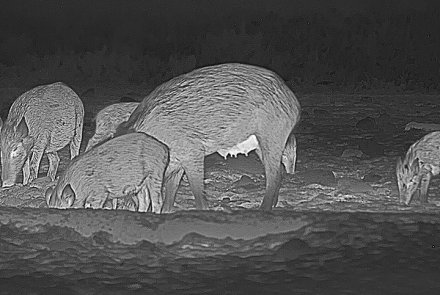
With a weight of 500 grams, the FH25 is the lightest of the four new models, the FH35 and FQ35 weigh only slightly more at 505 grams, and the FQ50 weighs 635 grams. The dimensions of the 25 and 35 Falcon models, which measure around 188x58x65 mm, are the same, while the FQ50 measures 200x78x68 mm.
Technical specs of all 4 Falcon models from HIKMICRO
| Model: | Falcon FH 25 | Falcon FH 35 | Falcon FQ 35 | Falcon FQ 50 |
| Thermal Sensor Resolution: | 384x288 px | 640x512 px | ||
| Pitch: | 12 µm | |||
| NETD value: | <20mK (@25°C,F#=1.0) | |||
| Focal length/aperture: | 25 mm / F1.0 | 35 mm / F1.0 | 35 mm / F1.0 | 20 mm / F0.9 |
| Optical Magnification: | 2,17x | 3,03x | 1,82x | 2,6x |
| Digital Zoom: | 1x, 2x, 3x, 4x | |||
| Field of View (HxV m at 100m): | 18,4x13,8 | 13,2x9,9 | 22,0x17,6 | 15,3x12,2 |
| Max. Detection Range: | 1.200 m | 1.800 m | 1.800 m | 2.600 m |
| Display: | 0.39 inch OLED display with 1024x768 px | |||
| Max. Operating Time: | 7 h | 5 h | ||
| Dimensions (mm): | 188x58x65 | 200x78x68 | ||
| Weight: | 500 g | 505 g | 505 g | 636 g |
The first devices from the new Falcon series should be available in stores around mid-October. As soon as the manufacturer provides us with one of its new devices with the revolutionary 20-mk sensor, we will of course test it in detail for you.
More information about HIKMICRO's thermal imagers can be found on the HKMICRO website.





